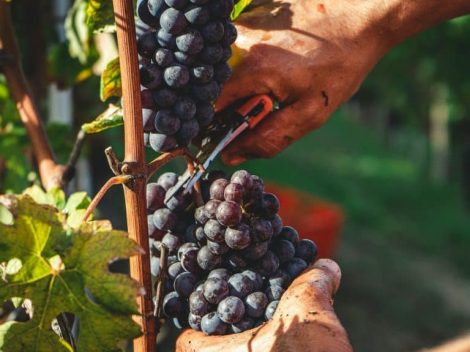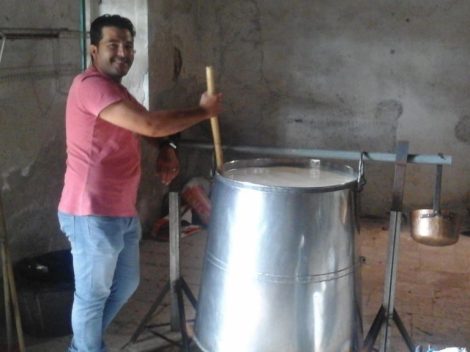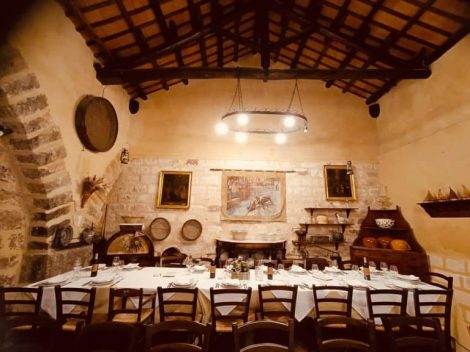Steaming: pros and cons
For steaming, you need a pot with a steamer basket with water underneath. For fish, however, court bouillon (acid broth, containing either vinegar, wine or milk) or fumet (light fish stock) can also be used. In addition to preserving the nutritional properties, as they are not lost in the cooking water, this cooking method doesn’t even involve the use of fat. The slightly longer cooking time with respect to boiling is the only drawback, that can be remedied, for instance, by cutting the vegetables, meat or fish into smaller pieces, before placing them into the steamer. If you don't have a steamer, you can steam in a pressure cooker, thus reducing the cooking time.
Pressure cooker
Created in 1600 by the French physicist Denis Papin (forerunner of the steam engine) to solve the food emergency caused by the famine: he was looking for a way to cook pig bones as well. But it was only in the mid-1900s that the idea was taken up by a French company, which patented and marketed the pot. What does it consist of? The idea behind is that the boiling point of water varies according to the pressure. In the high mountains, where the atmospheric pressure is lower than at sea level, water boils at temperatures below 100°C. If the pressure is above average, higher temperatures are required. Following this principle, its main advantage is a faster cooking time, while retaining its nutrients and taste. The only downside is the higher temperature reached inside the cooker, which can negatively affect the texture.
Cooking in a pressure cooker
Niko Romito, Massimiliano Alajmo and Davide Scabin are among the chefs who worked on pressure cooking, just to mention the pasta prepared in a pressure cooker. The idea came from a mistranslation: Michelle Obama told an American magazine that her favourite dish was spaghetti with tomatoes and spinach cooked in a pressure cooker for 30 minutes. She was probably referring to the Dutch oven, a pot widely used in the United States, however the Turinese chef decided to try it for real, cooking rigatoni all'amatriciana in the pressure cooker for 12 minutes (see the recipe below).
Steaming. Homemade recipes
Besides the classic steamed vegetables, we suggest to try fish and meat as well, preferably white. Don’t forget that herbs and spices play a major role in steaming!
Mediterranean-style steamed sea bass with herbs and cherry tomatoes by Gambero Rosso Academy
2 skinned sea bass fillets (about 150g/5oz each)
Mixed vegetables
Herbs (mint, basil, thyme, etc.)
Chive
Lemon zest
Salt and pepper
300g/10oz Piccadilly tomatoes
2 garlic cloves
Basil
Extra virgin olive oil
White wine
Whisk together wine, lemon zest and chopped herbs, season with salt and pepper and marinate the sea bass fillet in the fridge at least ½ hour. In the meantime, heat up a steel or bamboo steamer. Prepare sea bass turbans with the previously steamed vegetables in the centre, and then tie them with the chives. Arrange the sea bass turbans on the bottom of the basket, keeping the part where the fillets are joined facing downwards. Meanwhile, prepare the sauce with the cherry tomatoes cut into quarters, sauté the garlic in a pan with a little oil and some basil, cook for a few minutes, season with salt and pepper and, if necessary, add a few drops of water. To serve, place the sea bass turbans on the cherry tomato sauce in a soup plate and finish with a drizzle of extra virgin olive oil.
Steamed chicken meatballs with basil and lemon oil by Gambero Rosso Academy
400g/14oz chicken breast (mince)
Crumbs of two bread rolls
1/2 cup milk
2 tbsp grated cheese
8 basil leaves
Breadcrumbs
Salt and pepper
Prepare all the ingredients on the workbench. Soak the breadcrumbs in the milk and leave it for at least 5 minutes. Squeeze out the milk and add the bread to the chicken mince. Then add the cheese and the chopped basil. Mix the chicken mixture with the breadcrumbs, salt and pepper. Form the mixture into small balls and place them on the steamer grill. Cook for about 15 minutes. Leave to cool and serve them with a drizzle of extra virgin olive oil and some fresh basil. Finish with lemon-flavoured oil or tomato sauce.
Amatriciana prepared in a pressure cooker by Davide Scabin
500g/1lb rigatoni pasta
500g/1lb peeled and pureed tomatoes
500g/2 cups water
5g/0.17oz salt
1 pinch of chilli pepper
White wine
150g/5oz guanciale (pork cheek) cut into thin slices
80g/3oz Pecorino cheese
Place all the ingredients (except the Pecorino cheese) in the pressure cooker. Heat up the pressure cooker and let it cook for 12 minutes, regardless of when the cooker starts to whistle. Release the steam, open the cooker and stir in the Pecorino cheese.

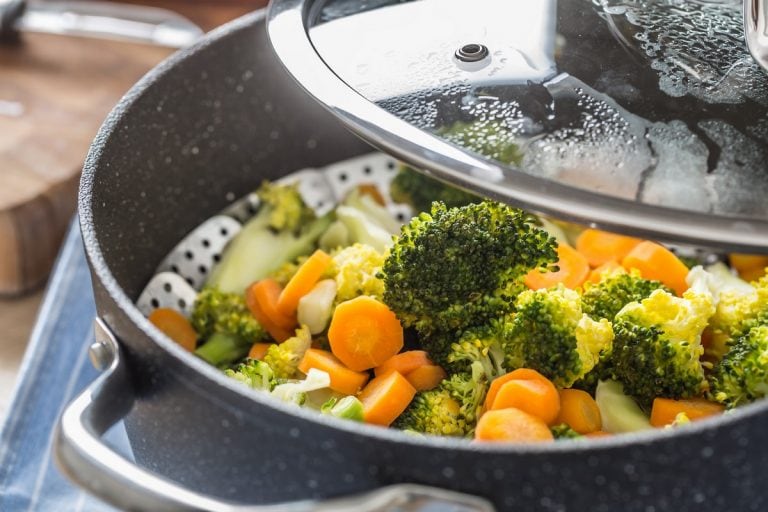
 The irresistible charm of oxidative wines: the diaries of a Master of Wine
The irresistible charm of oxidative wines: the diaries of a Master of Wine "A Puglian cuisine without orecchiette or traditional dishes": Somma in Singapore explores the fine dining of the future
"A Puglian cuisine without orecchiette or traditional dishes": Somma in Singapore explores the fine dining of the future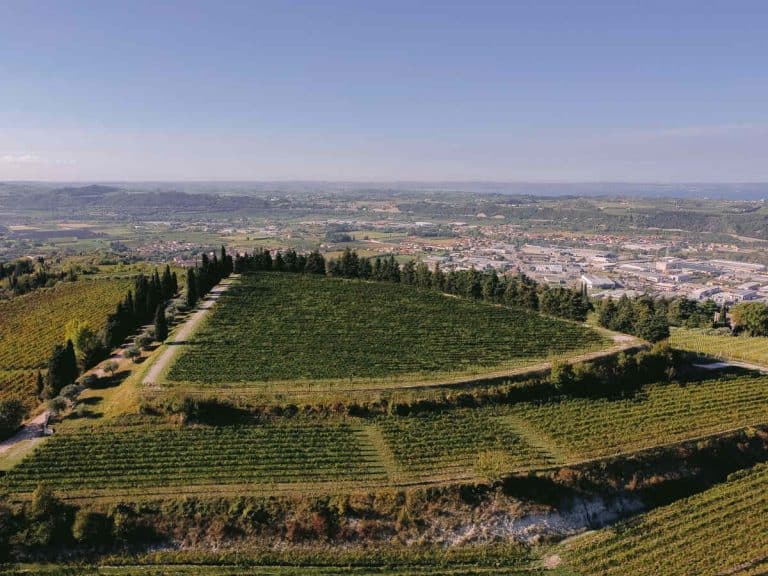 Here's how Valpolicella is evolving through the journey of an iconic wine
Here's how Valpolicella is evolving through the journey of an iconic wine "Chenin Blanc will be the new Chardonnay": Interview with Master of Wine Madeleine Stenwreth
"Chenin Blanc will be the new Chardonnay": Interview with Master of Wine Madeleine Stenwreth The ancient chocolate factory hidden in the alleys of Rome
The ancient chocolate factory hidden in the alleys of Rome


